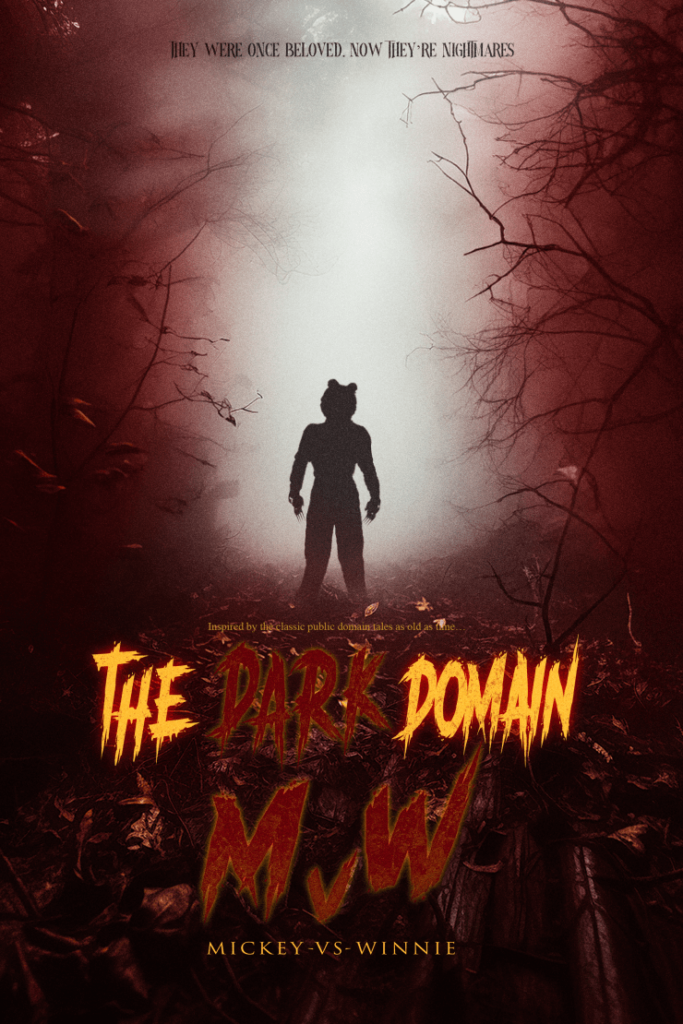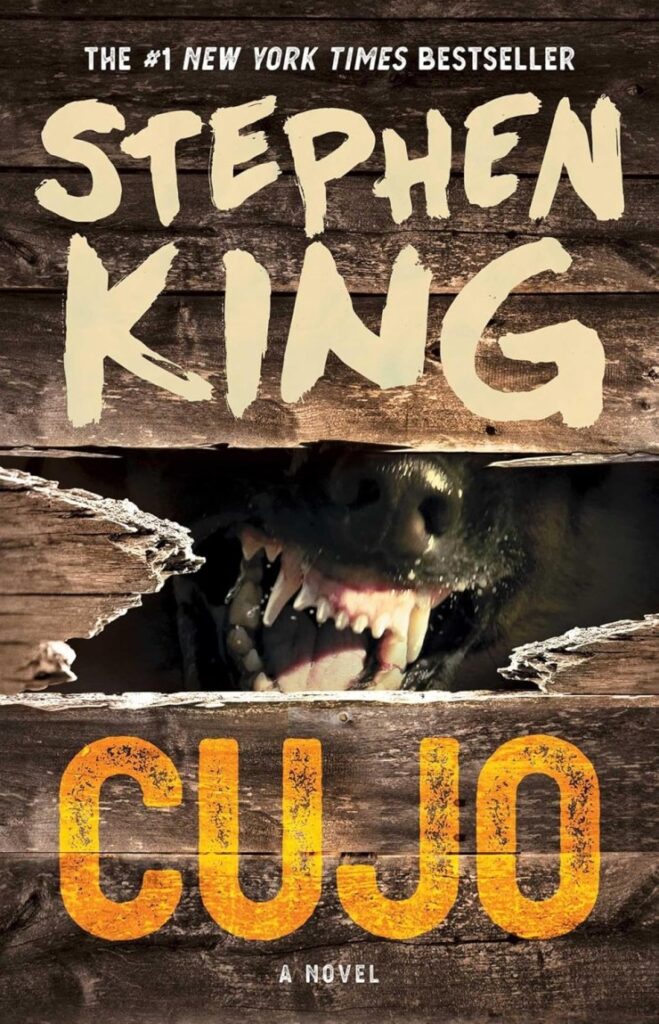Blumhouse’s creepy and creative reimagining of nature documentaries celebrates the wilderness’ humble and harrowing horrors.
“It’s not just humans who have nightmares…”
One of the greatest things about the horror genre is that fear comes from a limitless number of places. Sure, a rampaging monster or a furious masked killer are going to generate terror and tension. Horror’s ability to endure and succeed is because it’s continually rewriting the rules of the genre and where fear is found. Blumhouse has been on the cutting edge of horror for close to two decades and so it’s rather appropriate that it would try to combine two radically dissonant genres – horror and nature documentaries.
Nightmares of Nature: Cabin in the Woods is for people who are both fascinated and grossed out by nature, while also acknowledging that this is what makes nature so special and beautiful. It taps into the dangers of the natural world that speak to the horror genre’s power and why it’s a lens that can make anything feel thrilling and dangerous.
Nightmares of Nature is an impeccable exercise in editing and storytelling as footage is collected and orchestrated in order to craft a standard horror genre narrative about a woman in trouble or a lost soul on the run, only in this case the victims and final girls are woodland critters. It’s a remarkable experiment that matches pristine nature videography with stylized visuals, scene composition, and pacing that’s evocative of a slasher movie. The musical score becomes a real secret weapon that’s able to build upon the fear that fills the forest. At one point, a slowed down, creepy version of “Teddy Bears’ Picnic” plays over footage of a rotting raccoon corpse. It’s exactly the right energy for this sort of unserious endeavor.
Nightmares of Nature very carefully begins with the disclaimer, “For the safety of our heroes and monsters, some scenes have been dramatized. All animal behaviors are natural.” It’s fascinating to see how the series builds intent in these non-verbal creatures as they fight for their lives against the ultimate slasher killer – Mother Nature.
Helping with this intent is Maya Hawke, who narrates and provides purpose to the frantic critters. Hawke’s voice is pleasant and distant, yet just warm enough. Hawke’s narration never impedes the visuals that it accompanies or draws too much attention to itself. It’s just playful enough in its examination of a pregnant mouse, desperate raccoon, and a displaced frog, who become the stars of this series as they fight to survive in the wilderness. It’s wild to see how Nightmares of Nature finds such everyday aspects of the wilderness – like a mouse looking for a place to safely give birth – that functions as such a successful analogue for basic horror movie setups. The series transposes these natural plights into heightened acts of horror as if the woods are some twisted serial killer’s lair…because in many ways, they are.
Nightmares of Nature does some of its most compelling storytelling when it equates critters to serial killers and it casts parallels between these extreme worlds. These hurried, frantic pursuits for safety play out like live-action, eerier versions of The Animals of Farthing Wood or Watership Down. Or if Tobe Hooper directed a Homeward Bound remake. The difference here is that Nightmares of Nature never wants its audience to forget that the world is a dangerous, cutthroat place. Some creatures’ lives are non-stop slasher movies where the credits don’t roll until they’re a carcass in the sun. It’s a bleak outlook, but one that feels fitting for Blumhouse’s first nature documentary series. This is definitely the great outdoors as filtered through Blumhouse. One sequence portrays the birth of a clutch of baby alligators like it’s the hatching of a Xenomorph egg or some alien monster.
Nightmares of Nature effectively presents surprise animal attacks like explosive jump scares, both of which garner the same results of a heightened body count. The animal attacks that play out — which reflect both man and nature’s duality — resemble the type of grisly footage that would be playing on a television in the background of some Blumhouse murderer’s home. The Black Phone’s The Grabber watches Nightmares of Nature. Kevin Wendall Crumb from Split watches Nightmares of Nature. That’s the nightmare aura that’s conjured here, despite any fleeting moments of silliness from the show’s premise.

The Netflix docuseries is careful to be both narratively thrilling, but also authentically informative about the creatures and environments that it depicts. It’s one of the oddest examples of edutainment blending with horror this side of the Dreamcast’s Typing of the Dead. Nightmares of Nature certainly succeeds on the information front and, if nothing else, it works as a quirky and unconventional approach to nature documentaries. It’s unlikely that anyone will genuinely be frightened by it, but there’s still some really accomplished cinematography, foreboding visuals, and intense peril that should at least leave horror fans entertained.
It’s particularly rewarding to see how the project conjures effusive blood, guts, and gore through its unflinching depiction of nature in its purest sense. Some of these animal attacks are quite grisly, which creates a compelling feedback loop regarding the guilt that the audience feels here, versus what’s present in the standard slasher movie. These aren’t people who are being torn to shreds while skilled make-up and effects experts amplify the carnage, yet the simple sight of a predator feasting on its prey in an imprecise, messy manner can be even more unnerving.
Some of the most disturbing material from these three episodes involves a deep dive on insects – cockroaches, fire ants, and flies – as these putrid creatures consume and propagate around a creature’s carcass. Oh, and there’s a slug sex scene. Nightmares of Nature somehow reaches such disgusting levels that are comparable to David Cronenberg’s The Fly. It’s this beautiful example of life imitating art imitating life. It plays with these raw feelings and how easy it is to root for these prey. It’s a stunning exercise in empathy and perspective that doesn’t always work, but it’s really powerful when it all comes together.
Nightmares of Nature: Cabin in the Woods is a fun, fascinating experiment that deserves a chance to grow and produce more episodes (a jungle-centric season two is already on the way). It’s taking risks and expanding the definition of horror in a way that can leave audiences educated and enlightened, which is never a bad thing. That being said, don’t expect this to be standout, scary Halloween programming (although a few pumpkin ales are sure to make this a playful group-watch). It’s a testament to horror’s transformative power and the everyday killers that hide in plain sight, even if it’s not a conventionally terrifying effort. It’s still likely the scariest nature documentary on a streaming service that you’ll see all year.

Season 1, “Cabin in the Woods,” premieres on September 30.
Season 2, “Lost in the Jungle,” premieres on October 28.

The post Blumhouse’s ‘Nightmares of Nature’ Gives Nature Documentaries a Macabre Makeover [Review] appeared first on Bloody Disgusting!.


